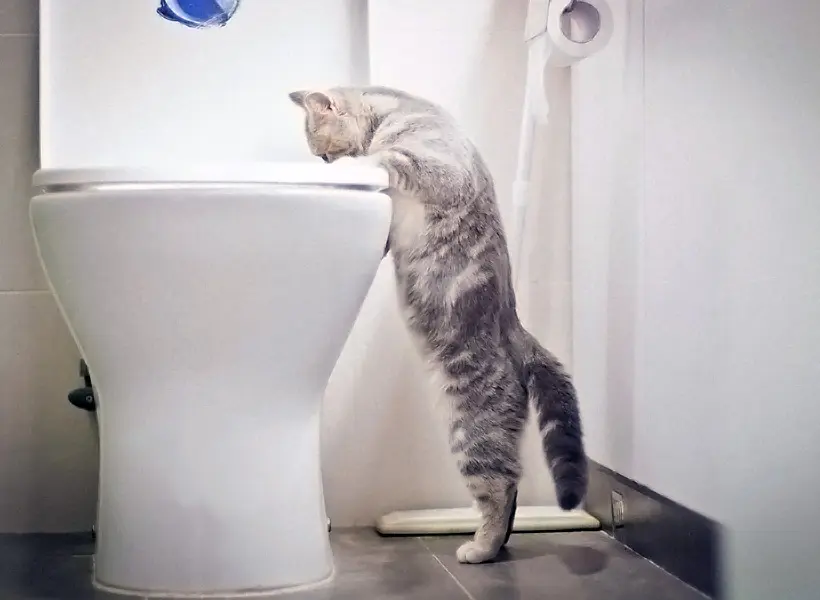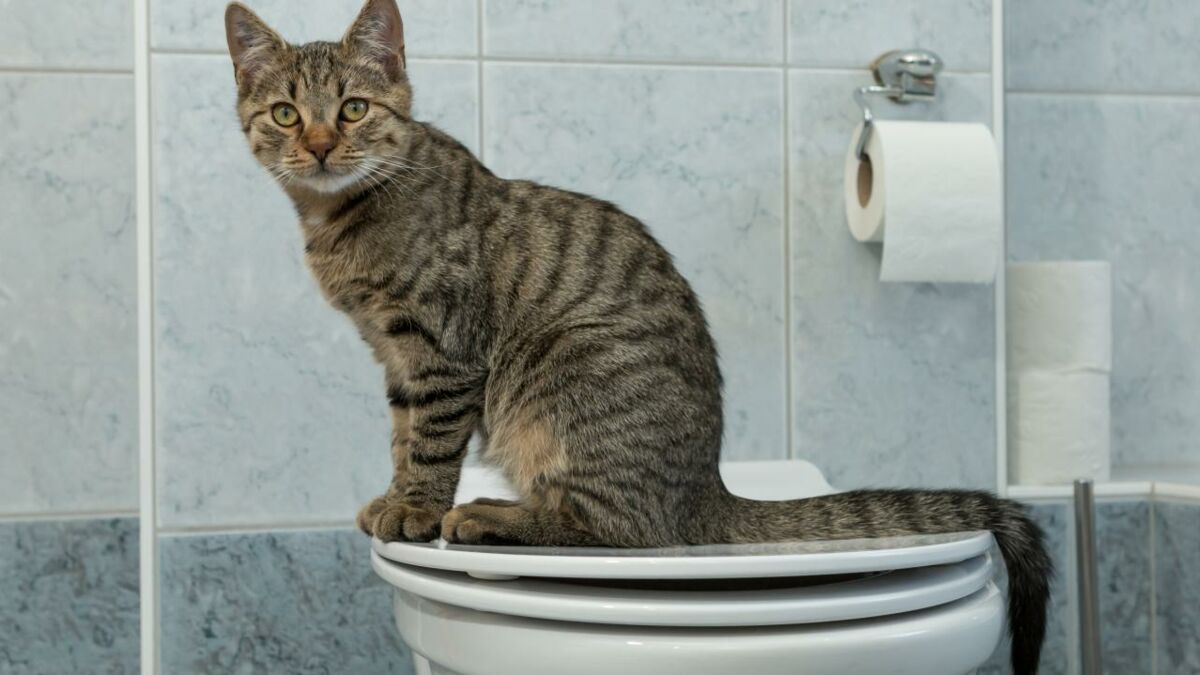Avoid Clogs and Damage: Never Flush Cat Poop Down Your Toilet - Expert Insights
Avoid Clogs and Damage: Never Flush Cat Poop Down Your Toilet - Expert Insights
Blog Article
This great article in the next paragraphs pertaining to Can You Flush Cat Poop Down The Toilet? is definitely stimulating. Don't bypass it.

Intro
As cat proprietors, it's important to be mindful of how we throw away our feline buddies' waste. While it may appear practical to purge feline poop down the bathroom, this technique can have damaging effects for both the setting and human wellness.
Environmental Impact
Flushing cat poop introduces harmful virus and bloodsuckers into the water, positioning a substantial danger to water ecological communities. These contaminants can adversely affect marine life and concession water quality.
Health Risks
In addition to environmental concerns, flushing pet cat waste can also pose health threats to humans. Feline feces may have Toxoplasma gondii, a parasite that can create toxoplasmosis-- a potentially serious disease, specifically for expectant women and individuals with weakened body immune systems.
Alternatives to Flushing
Luckily, there are safer and more liable ways to deal with feline poop. Think about the following alternatives:
1. Scoop and Dispose in Trash
The most common approach of getting rid of feline poop is to scoop it into an eco-friendly bag and throw it in the trash. Be sure to make use of a specialized trash scoop and throw away the waste promptly.
2. Use Biodegradable Litter
Choose biodegradable pet cat trash made from materials such as corn or wheat. These litters are environmentally friendly and can be safely thrown away in the trash.
3. Hide in the Yard
If you have a backyard, take into consideration burying cat waste in an assigned location away from veggie yards and water sources. Make certain to dig deep adequate to prevent contamination of groundwater.
4. Mount a Pet Waste Disposal System
Purchase an animal garbage disposal system specifically developed for feline waste. These systems use enzymes to break down the waste, minimizing odor and environmental impact.
Verdict
Responsible pet dog possession expands beyond providing food and sanctuary-- it also entails appropriate waste monitoring. By refraining from purging cat poop down the commode and going with different disposal methods, we can decrease our environmental impact and shield human wellness.
Why Can’t I Flush Cat Poop?
It Spreads a Parasite
Cats are frequently infected with a parasite called toxoplasma gondii. The parasite causes an infection called toxoplasmosis. It is usually harmless to cats. The parasite only uses cat poop as a host for its eggs. Otherwise, the cat’s immune system usually keeps the infection at low enough levels to maintain its own health. But it does not stop the develop of eggs. These eggs are tiny and surprisingly tough. They may survive for a year before they begin to grow. But that’s the problem.
Our wastewater system is not designed to deal with toxoplasmosis eggs. Instead, most eggs will flush from your toilet into sewers and wastewater management plants. After the sewage is treated for many other harmful things in it, it is typically released into local rivers, lakes, or oceans. Here, the toxoplasmosis eggs can find new hosts, including starfish, crabs, otters, and many other wildlife. For many, this is a significant risk to their health. Toxoplasmosis can also end up infecting water sources that are important for agriculture, which means our deer, pigs, and sheep can get infected too.
Is There Risk to Humans?
There can be a risk to human life from flushing cat poop down the toilet. If you do so, the parasites from your cat’s poop can end up in shellfish, game animals, or livestock. If this meat is then served raw or undercooked, the people who eat it can get sick.
In fact, according to the CDC, 40 million people in the United States are infected with toxoplasma gondii. They get it from exposure to infected seafood, or from some kind of cat poop contamination, like drinking from a stream that is contaminated or touching anything that has come into contact with cat poop. That includes just cleaning a cat litter box.
Most people who get infected with these parasites will not develop any symptoms. However, for pregnant women or for those with compromised immune systems, the parasite can cause severe health problems.
How to Handle Cat Poop
The best way to handle cat poop is actually to clean the box more often. The eggs that the parasite sheds will not become active until one to five days after the cat poops. That means that if you clean daily, you’re much less likely to come into direct contact with infectious eggs.
That said, always dispose of cat poop in the garbage and not down the toilet. Wash your hands before and after you clean the litter box, and bring the bag of poop right outside to your garbage bins.
https://trenchlesssolutionsusa.com/why-cant-i-flush-cat-poop/

As an enthusiastic person who reads about Can You Flush Cat Poo or Litter Down the Toilet?, I figured sharing that excerpt was beneficial. Please take the time to promote this article if you liked it. Thanks for your time. Don't forget to check up our blog back soon.
Visit Our Site Report this page